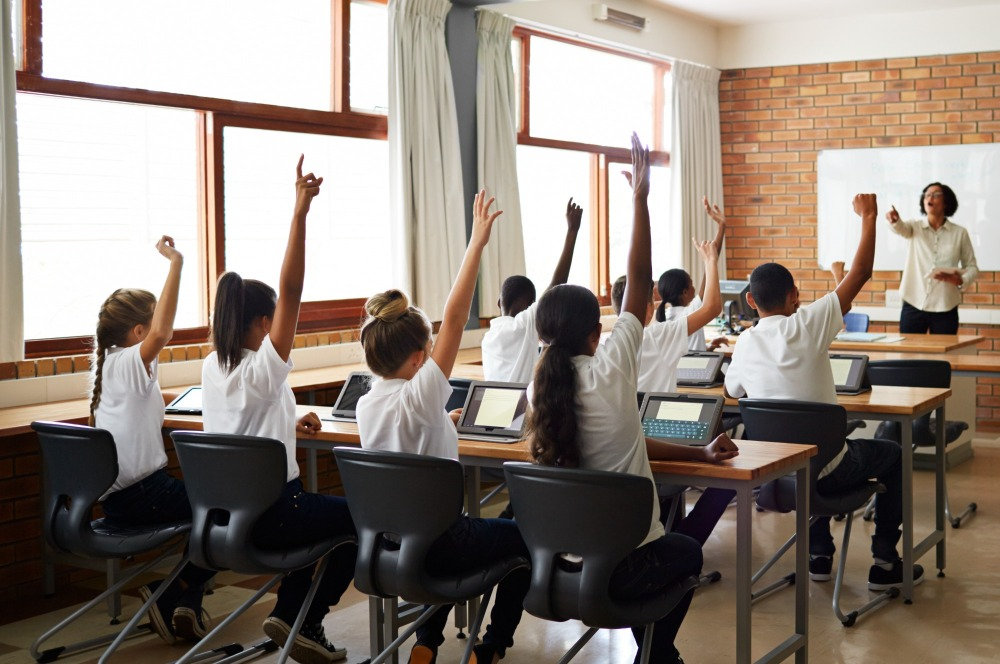Parents have been debating for years whether public schools are better than private schools and vice versa. Each institution is affluent in their respective fields and continues to produce future champions and entrepreneurs in the world. But are there really any key differences between the two?
One Key Difference
If you’re looking at high schools in sandy utah, then one of the biggest differences between public and private schools is funding and administration. Public schools are administered and funded by the state or local government, while private schools are funded solely by tuition and administered by a private body. This makes private schools independent from any interference from the public.

What Exactly Is A Public School?
Public schools are wholly or partly funded by taxation so that students don’t have to pay school fees. Because of being funded by the government, the curriculum is determined at a national level. This ensures that all public schools are following the same basic curriculum so that all children are receiving the same level of education. However, public schools tend to have fewer resources and facilities than private schools.
Public schools tend to hire highly-qualified teachers who are required to meet the state-mandated requirements, as well as be proficient in their specialized subject(s).
Admission to public schools is usually determined by the student’s address, so schools are obliged to take these students who are in their respective geographical zone.
What Exactly Is A Private School?
Private schools are controlled by private bodies and are funded by student tuition. This usually means that fees are higher, but as a result, they have better facilities and up-to-date technology.
Private schools tend to follow the same curriculum as public schools, but they are allowed to deliver the material in whatever methods they deem fit.
School administrators are usually in control of which teachers meet the requirements to be hired, as well as which students meet the requirements for admission or not. Due to this, private school classrooms tend to be a lot smaller than those of public schools.
Demographic Differences Between Public And Private Schools
Public schools tend to serve students on a neighborhood basis, so whichever children are in their geographical area. Private schools, on the other hand, aren’t concerned with location and can welcome children from a much wider radius.
While both public and private schools welcome students from various cultures and backgrounds, private schools tend to have specific philosophies or religious foci that sway parents to choose them over other schools.
So Which Is Right For Your Child?
The answer to that question is entirely dependent on what you feel is right for your child and your family. Some children may thrive best in a large public school environment, while others need the structure, the focus, and the smaller class sizes of a private school. What’s most important is that your child is getting the education that they need, and feels comfortable while in their learning environment. Research your local options to figure out what is best for your child in order to ensure their brightest future.
